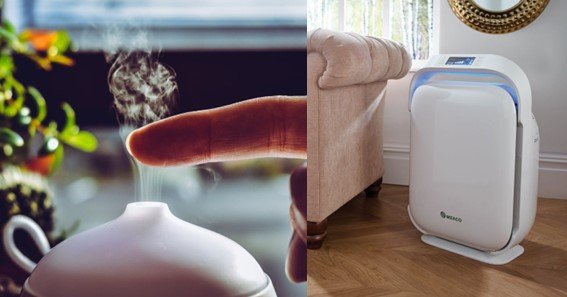Indoor air pollution poses significant health risks, making it crucial to adopt strategies to prevent and reduce pollutants in our living spaces. From volatile organic compounds (VOCs) to allergens like dust mites and mold, the air inside our homes can be more polluted than outdoor air. Here’s a comprehensive guide to help you understand how to detect, prevent, and reduce indoor air pollution effectively.
Identifying Indoor Air Pollutants
Indoor air pollutants come from various sources, including:
- Combustion sources: Appliances like gas stoves and heaters emit pollutants like carbon monoxide and nitrogen dioxide.
- VOCs: These are emitted from household products such as paints, cleaners, and furnishings.
- Biological contaminants: Mold, pet dander, and dust mites are common allergens.
- Radon: A radioactive gas that can seep into homes through foundation cracks, leading to lung cancer risks.
Key Strategies for Preventing Indoor Air Pollution
1. Improve Ventilation
Proper ventilation is essential for reducing indoor pollutant levels. Open windows regularly to allow fresh air to circulate, especially when using products that release VOCs. Use exhaust fans in bathrooms and kitchens to expel moisture and fumes.
2. Use Air Purifiers
Air purifiers with HEPA filters can capture a significant portion of airborne particles like dust, pollen, and pet dander. This helps reduce respiratory irritants, making indoor air cleaner and safer to breathe.
3. Control Humidity Levels
Maintain indoor humidity between 30-50% to prevent the growth of mold and dust mites. Use dehumidifiers in damp areas and air conditioners to control humidity during warmer months.
4. Reduce VOCs
Opt for low-VOC or VOC-free paints, cleaning products, and furnishings. Store chemicals in tightly sealed containers and avoid using synthetic air fresheners that contribute to indoor air pollution.
5. Regular Cleaning
Dust and vacuum regularly to remove allergens like pet dander and dust mites. Ensure that areas prone to moisture, such as bathrooms and basements, are kept dry to prevent mold growth.

FAQ
- What are the most common sources of indoor air pollution?
The most common sources include combustion appliances, VOCs from household products, biological contaminants like mold and pet dander, and radon gas. - How can I tell if my indoor air quality is poor?
Signs include persistent odors, visible mold, frequent headaches, and respiratory issues that improve when you’re outside the home. - How does ventilation help reduce indoor air pollution?
Ventilation brings in fresh outdoor air and dilutes indoor pollutants, helping to lower their concentration and reduce health risks. - Are air purifiers effective against indoor pollutants?
Yes, air purifiers with HEPA filters can effectively remove airborne particles like dust, pollen, and pet dander, improving overall indoor air quality. - What steps can I take to reduce VOCs in my home?
Use low-VOC or VOC-free products, ensure proper storage of chemicals, and avoid synthetic air fresheners that release harmful chemicals into the air.










